In evolving from a steroidal version of the Skyline coupé into a bespoke supercar, the Nissan GT-R became the performance bargain of the decade, no contest.
Imported JDM examples of the R35 blew minds in 2008, winning our annual Best Driver’s Car title, so our test of the first UK-market model was certain to be a blinder.
From six years of development had emerged a bespoke platform, an ultra-rigid body, a new (front-mid-mounted) 478bhp 3.8-litre V6, a bespoke auto ‘box, a clever all-wheel drive system and cutting-edge chassis electronics.
Thus it almost matched Ferrari’s 430 - for less than half the price.
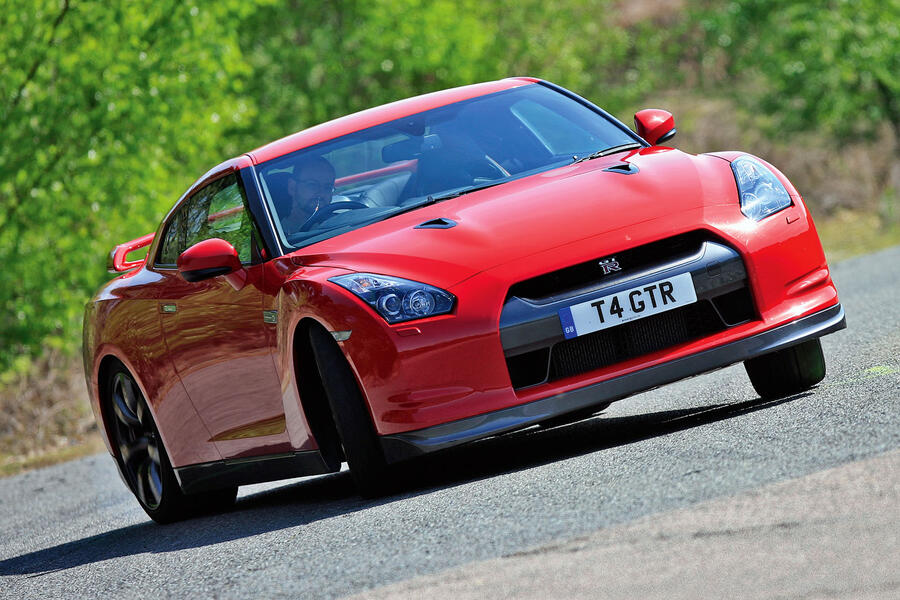
We said: “Fast and, yes, quite furious. Performance comes no easier. Yet it’s possible to be left a bit cold at first. It’s harsh, loud and clinical in the way it does things. It goes at the dry-weather pace of a 430 with nonchalant ease, its engine as smooth at 6000rpm as 2000, and its gearbox shifts with totally undramatic efficiency. “The longer you spend with the GT-R, the more you uncover new movements in its dynamic repertoire and the more visceral, thrilling and alive with feedback and response it seems.
There are hidden depths to its brutish, frill-free performance. The more you have it, the more you want it."
The GT-R would thrill for years, with Nissan continually tweaking it even after rivals’ advances had rendered it a dinosaur. In fact, the Japanese can still buy a new one.
Global financial crisis bankrupts Chrysler and GM
The global financial crisis that began in the US in 2007 – the worst since 1929’s Wall Street Crash – had serious and far-reaching implications for the whole of society.

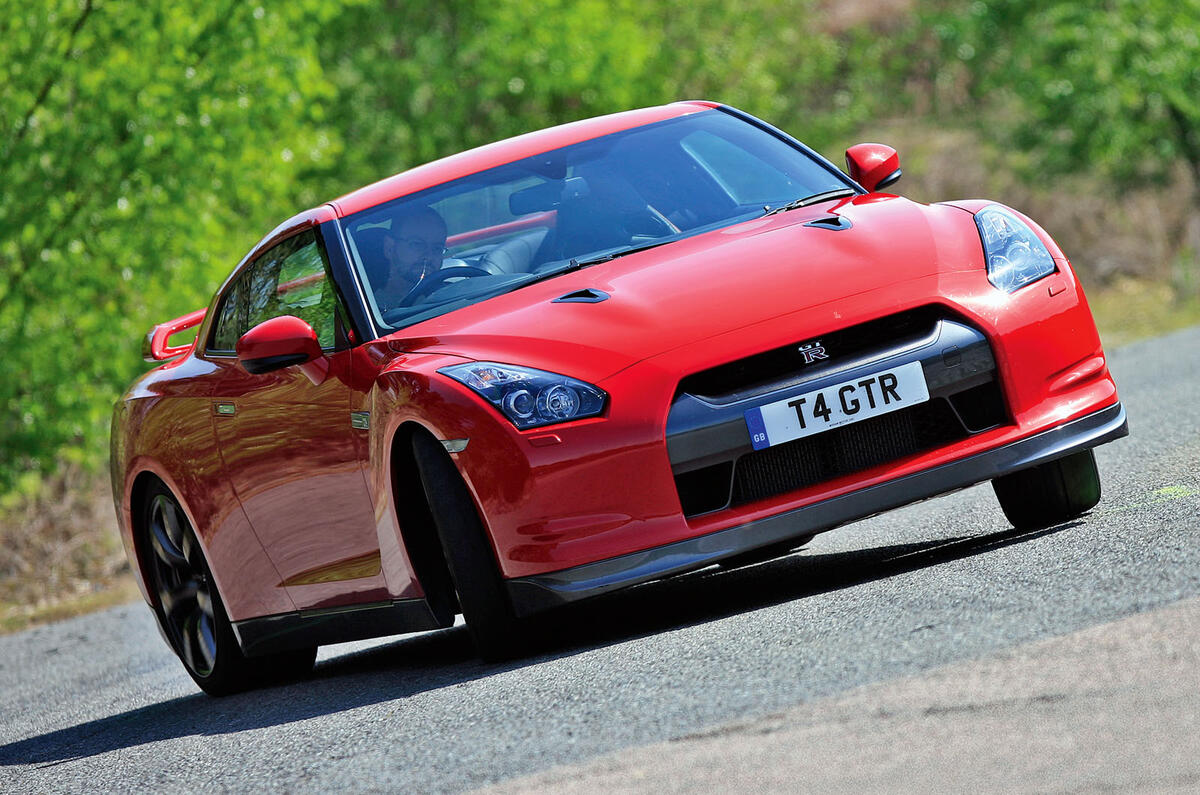

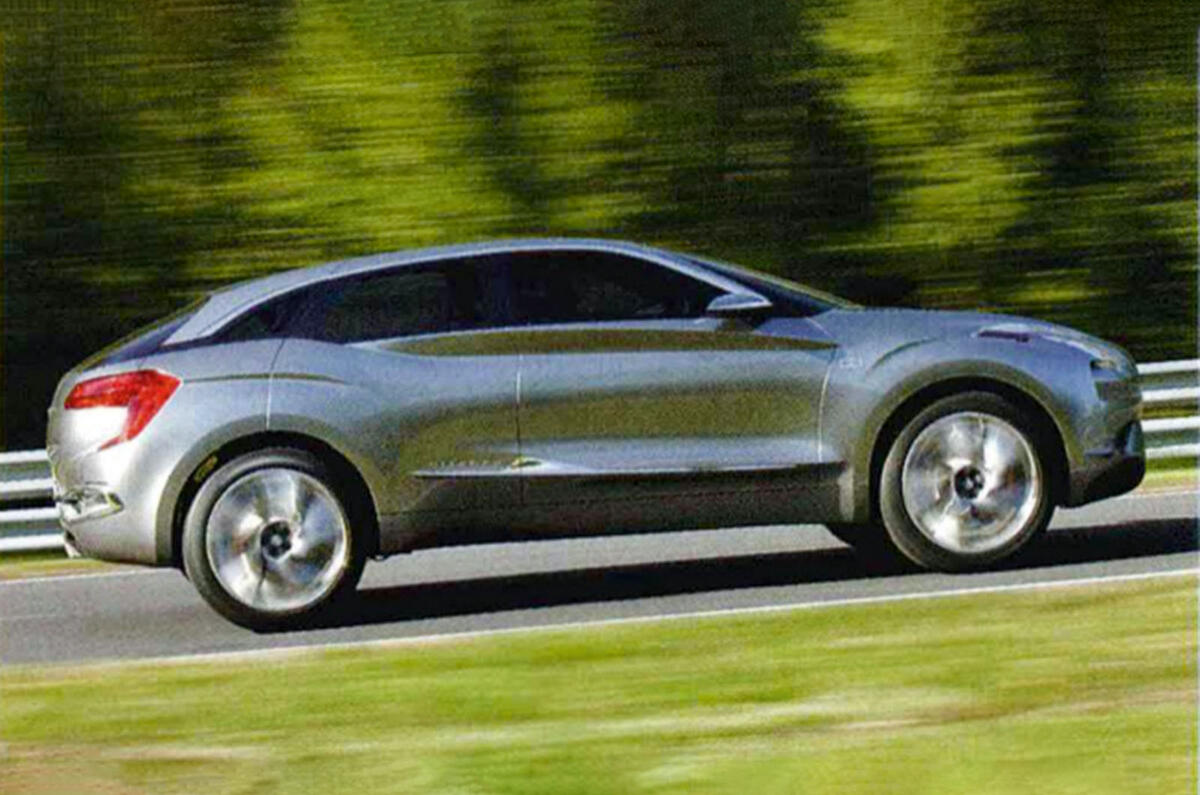
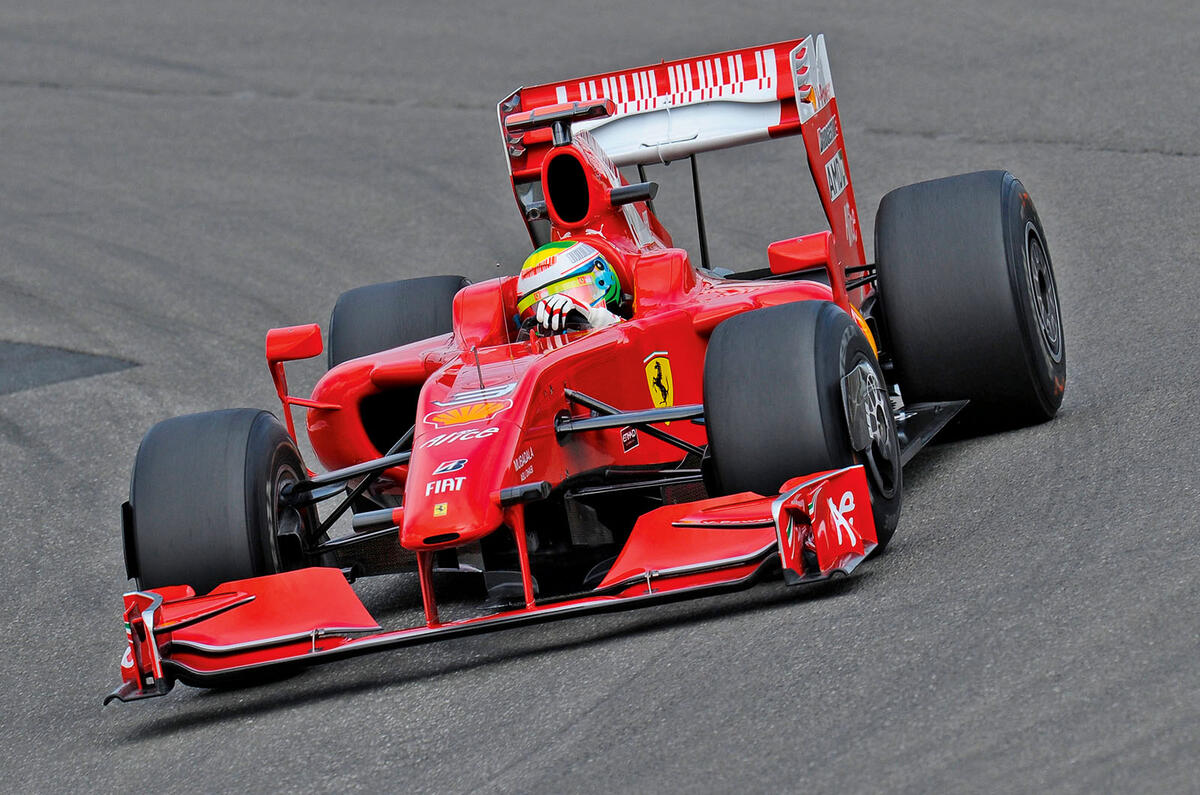
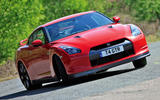
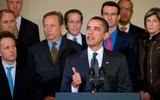

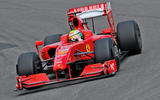

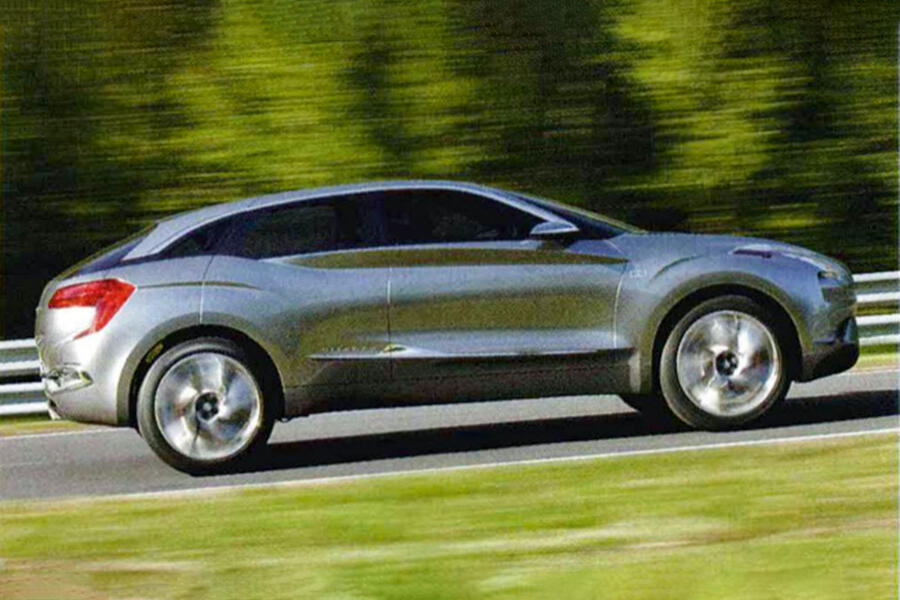
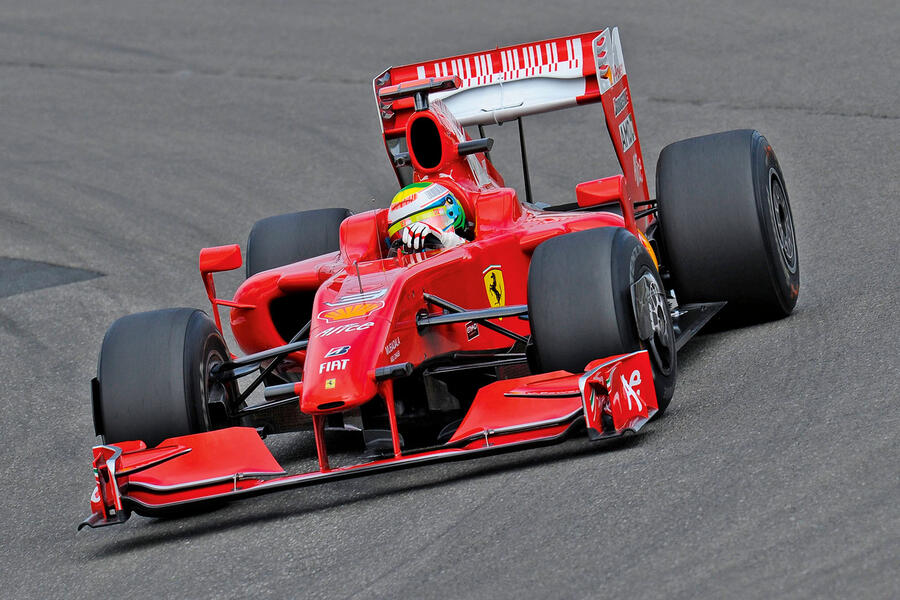

Join the debate
Add your comment
14 years on and STILL unbeatable. Unbelievable! THE KING.